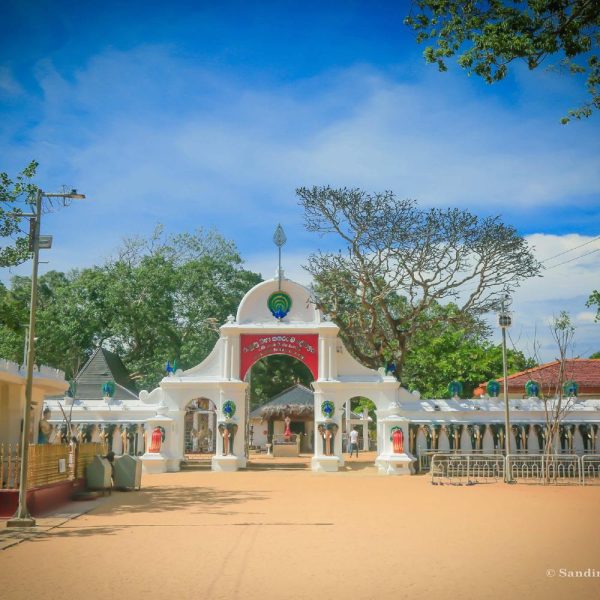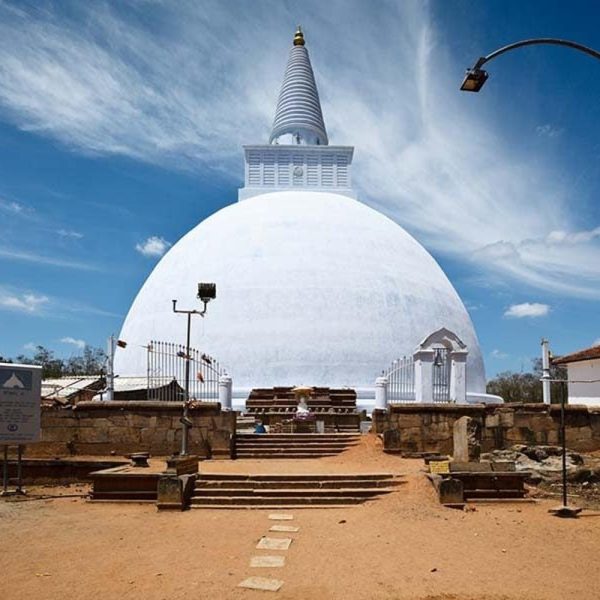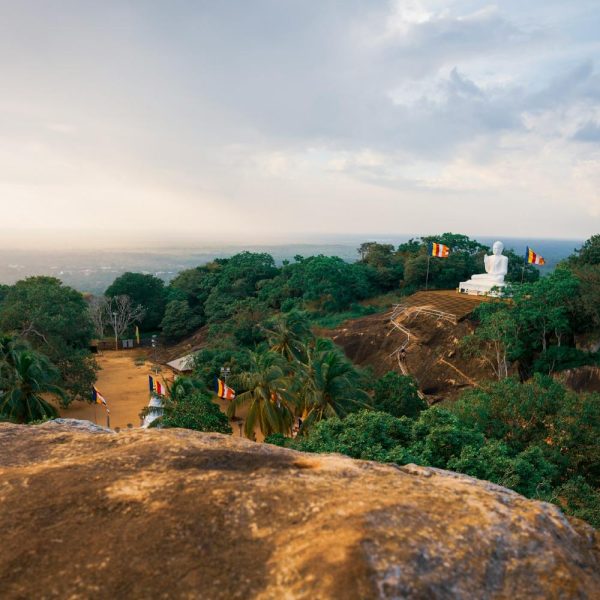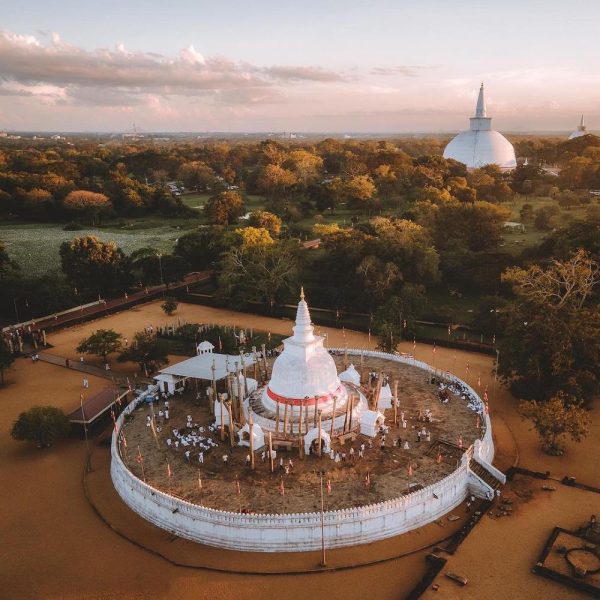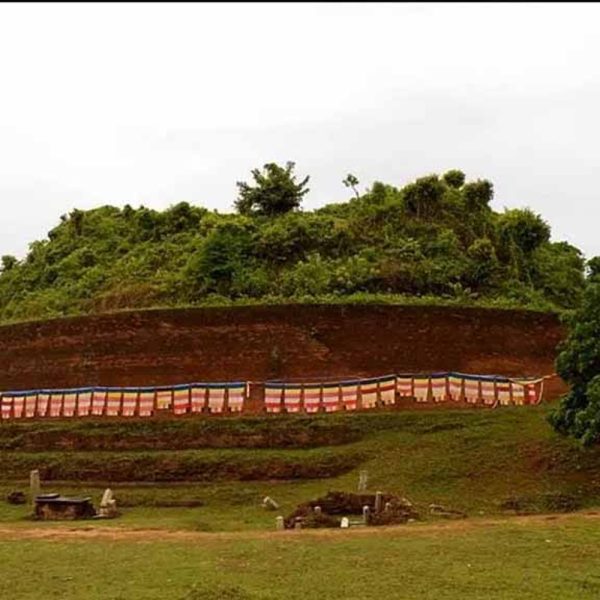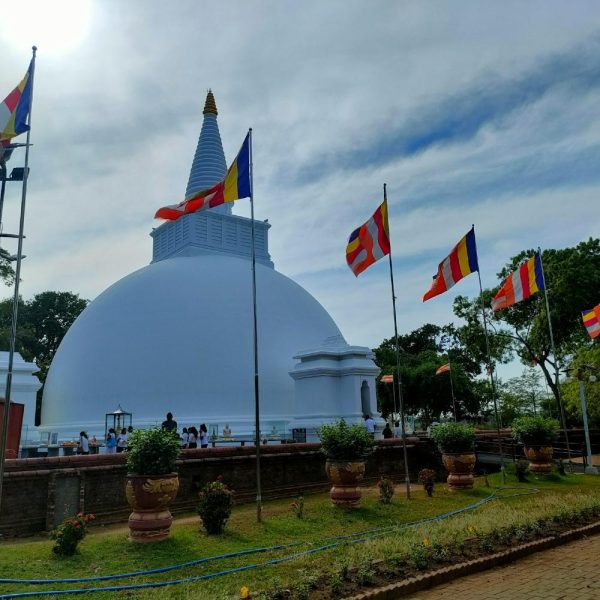Description
Abhayagiri Dagaba is one of the ancient stupas located in the historic city of Anuradhapura, Sri Lanka. It is one of the major architectural and religious landmarks associated with Buddhism in the country. Here are key features and points of interest related to Abhayagiri Dagaba:
- Construction: Abhayagiri Dagaba was built during the reign of King Valagamba (also known as Vattagamini Abhaya) in the 1st century BCE. The king initiated the construction of the stupa as a part of the Abhayagiri Monastery complex.
- Size: At its peak, Abhayagiri Dagaba was one of the largest structures in the ancient world. It had a massive dome with a diameter of approximately 100 meters (328 feet) and a height that is estimated to have been over 100 meters (328 feet).
- Architectural Style: The stupa follows the traditional bell-shaped design, commonly seen in Buddhist stupas. The structure is made of bricks and features various architectural elements, including decorative carvings and sculptures.
- Abhayagiri Monastery Complex: The stupa is part of the larger Abhayagiri Monastery complex, which was a major center for Buddhist learning and monastic activities. The complex included monastic dwellings, meditation chambers, and other structures.
- Religious Significance: Abhayagiri Dagaba held significant religious importance, and it is associated with various Buddhist sects and monastic communities. The complex was a center for Buddhist studies and attracted scholars and monks from different parts of the world.
- Vatadage: A circular relic house, known as a vatadage, was constructed around Abhayagiri Dagaba to enshrine relics. The remaining ruins of the vatadage feature intricate carvings and elaborate design elements.
- Restoration Efforts: Over the centuries, Abhayagiri Dagaba underwent various renovations and restorations. In recent times, there have been efforts to preserve and restore the site, allowing visitors to appreciate its historical and architectural significance.
- UNESCO World Heritage Site: Abhayagiri Dagaba, along with the ancient city of Anuradhapura, is designated as a UNESCO World Heritage Site due to its cultural and historical importance.



















